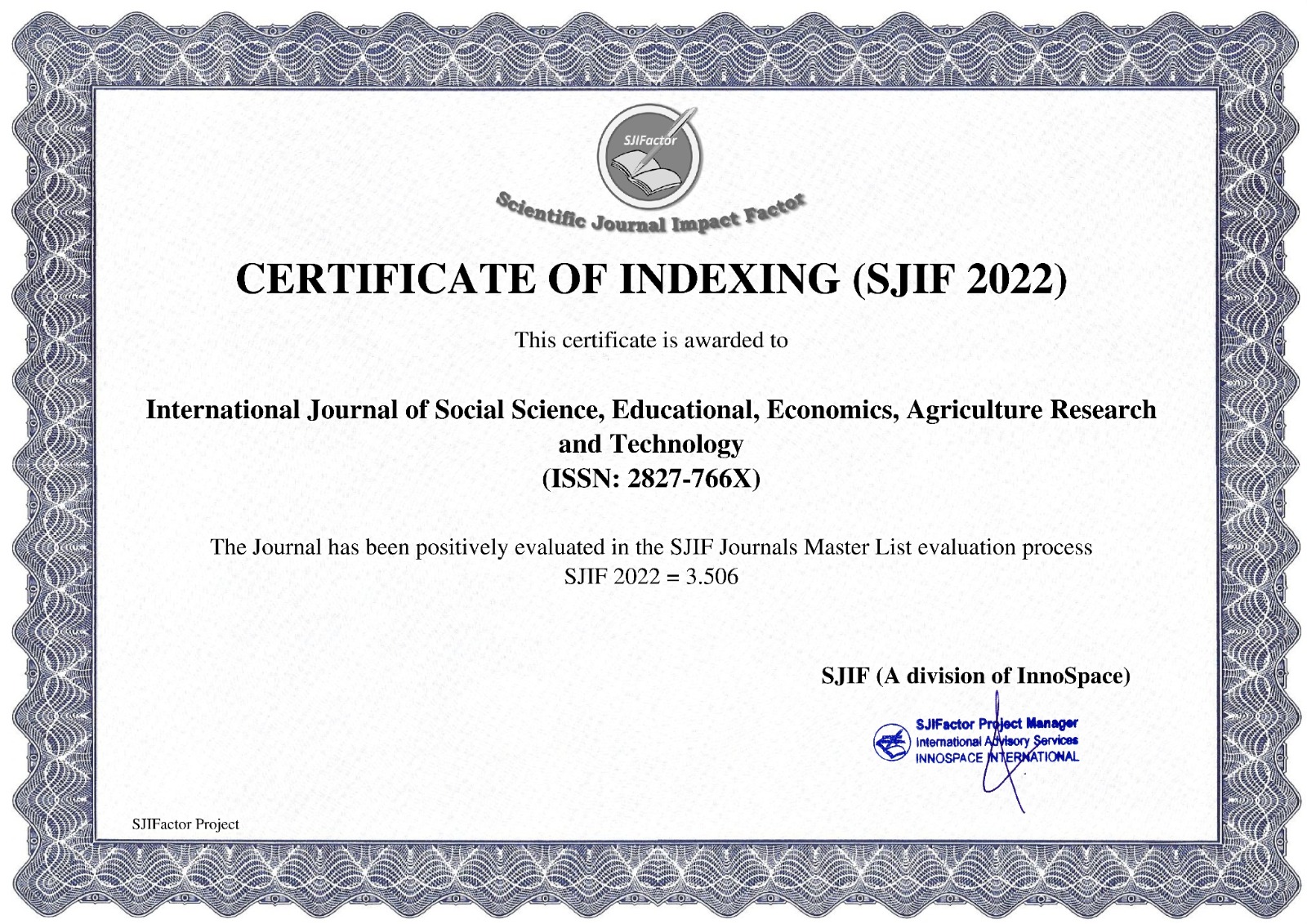FOURIER ANALYSIS IN HEAT CONDUCTION PROBLEMS: A CASE STUDY ON ONE-DIMENSIONAL ROD MODELS
Main Article Content
Rodika Utama
Moh. Toifur
Dimas Nurachman
Misconceptions The study of heat conduction has long been a central topic in applied mathematics and physics, providing fundamental insights into the diffusion of thermal energy across various media. This research focuses on solving the one-dimensional heat conduction equation using Fourier analysis as a mathematical tool to obtain an exact solution under specified boundary and initial conditions. By applying separation of variables and Fourier series expansion, the temperature distribution of the rod is represented as an infinite series that converges to the exact solution. To validate the analytical solution, a numerical simulation based on the finite difference method is also performed, allowing comparison of accuracy and convergence. The results show that Fourier analysis provides a reliable and elegant framework to model heat conduction problems, with numerical methods serving as a complementary approach for cases where closed-form solutions are intractable. This study highlights the significance of Fourier techniques not only in mathematical physics but also in practical applications such as material science and thermal engineering.
Arfken, G. B., & Weber, H. J. (2013). Mathematical Methods for Physicists (7th ed.). Academic Press.
Beck, J. V., Blackwell, B., & St. Clair, C. R. (1985). Inverse Heat Conduction: Ill-Posed Problems. Wiley-Interscience.
Boyd, J. P. (2001). Chebyshev and Fourier Spectral Methods (2nd ed.). Dover.
Carslaw, H. S., & Jaeger, J. C. (1959). Conduction of Heat in Solids (2nd ed.). Oxford University Press.
Crank, J. (1975). The Mathematics of Diffusion (2nd ed.). Oxford University Press.
Debnath, L., & Mikusiński, P. (2005). Introduction to Hilbert Spaces with Applications (3rd ed.). Elsevier.
Evans, L. C. (2010). Partial Differential Equations (2nd ed.). American Mathematical Society.
Fourier, J. (1822). Théorie analytique de la chaleur. Paris: Chez Firmin Didot.
Gupta, M. M. (1995). Convergence and stability analysis of finite difference methods for PDEs. SIAM Journal on Numerical Analysis, 32(2), 465–483. https://doi.org/10.1137/0732022
Hensel, E. C. (1991). Inverse Theory and Applications for Engineers. Prentice Hall.
Incropera, F. P., & DeWitt, D. P. (2002). Fundamentals of Heat and Mass Transfer (5th ed.). Wiley.
Jaiswal, A. K., & Tzou, D. Y. (2010). Dual-phase-lag model for heat conduction in layered materials. International Journal of Heat and Mass Transfer, 53(5–6), 1112–1121. https://doi.org/10.1016/j.ijheatmasstransfer.2009.11.001
Li, X., Chen, H., & Li, J. (2015). Fourier analysis of heat conduction in microelectronic systems. Applied Thermal Engineering, 87, 257–265. https://doi.org/10.1016/j.applthermaleng.2014.09.068
Morton, K. W., & Mayers, D. F. (2005). Numerical Solution of Partial Differential Equations: An Introduction (2nd ed.). Cambridge University Press.
Özisik, M. N. (1993). Heat Conduction (2nd ed.). John Wiley & Sons.
Reddy, J. N. (2010). An Introduction to the Finite Element Method (3rd ed.). McGraw-Hill.
Strauss, W. A. (2008). Partial Differential Equations: An Introduction (2nd ed.). Wiley.
Thomas, J. W. (1995). Numerical Partial Differential Equations: Finite Difference Methods. Springer. https://doi.org/10.1007/978-1-4899-7279-1
Tikhonov, A. N., & Samarskii, A. A. (1963). Equations of Mathematical Physics. Pergamon Press.
Zienkiewicz, O. C., & Taylor, R. L. (2000). The Finite Element Method (5th ed.). Butterworth-Heinemann.






















